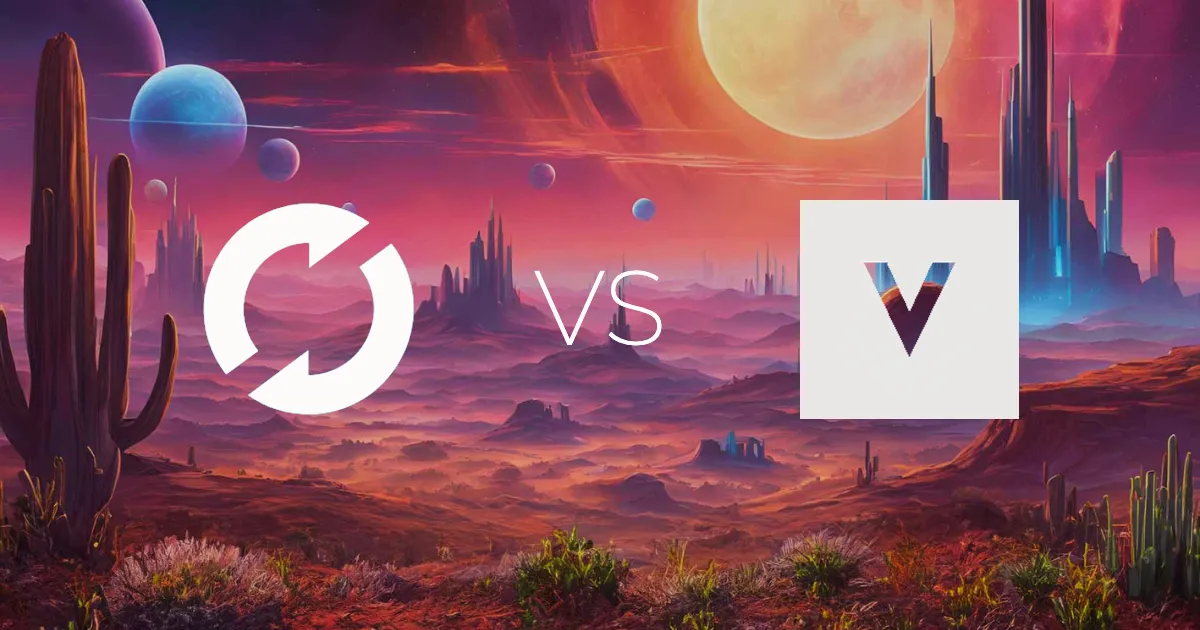MLflow vs. Vellum
MLflow and Vellum are two AI development platforms with different areas of focus. MLflow is designed for managing the machine learning lifecycle, providing tools for experiment tracking, model versioning, and deployment. Vellum, on the other hand, specializes in prompt management, making it easier for teams to refine and optimize AI-generated content. While both platforms serve important functions, they also have limitations that may require additional tools or integrations to create a more complete AI workflow.
For teams seeking a more unified and scalable solution, there is another platform worth considering. Sandgarden extends beyond the capabilities of both MLflow and Vellum, offering a more comprehensive approach to AI development. This comparison will explore how MLflow and Vellum compare while also introducing an alternative that delivers greater flexibility, efficiency, and long-term scalability.







